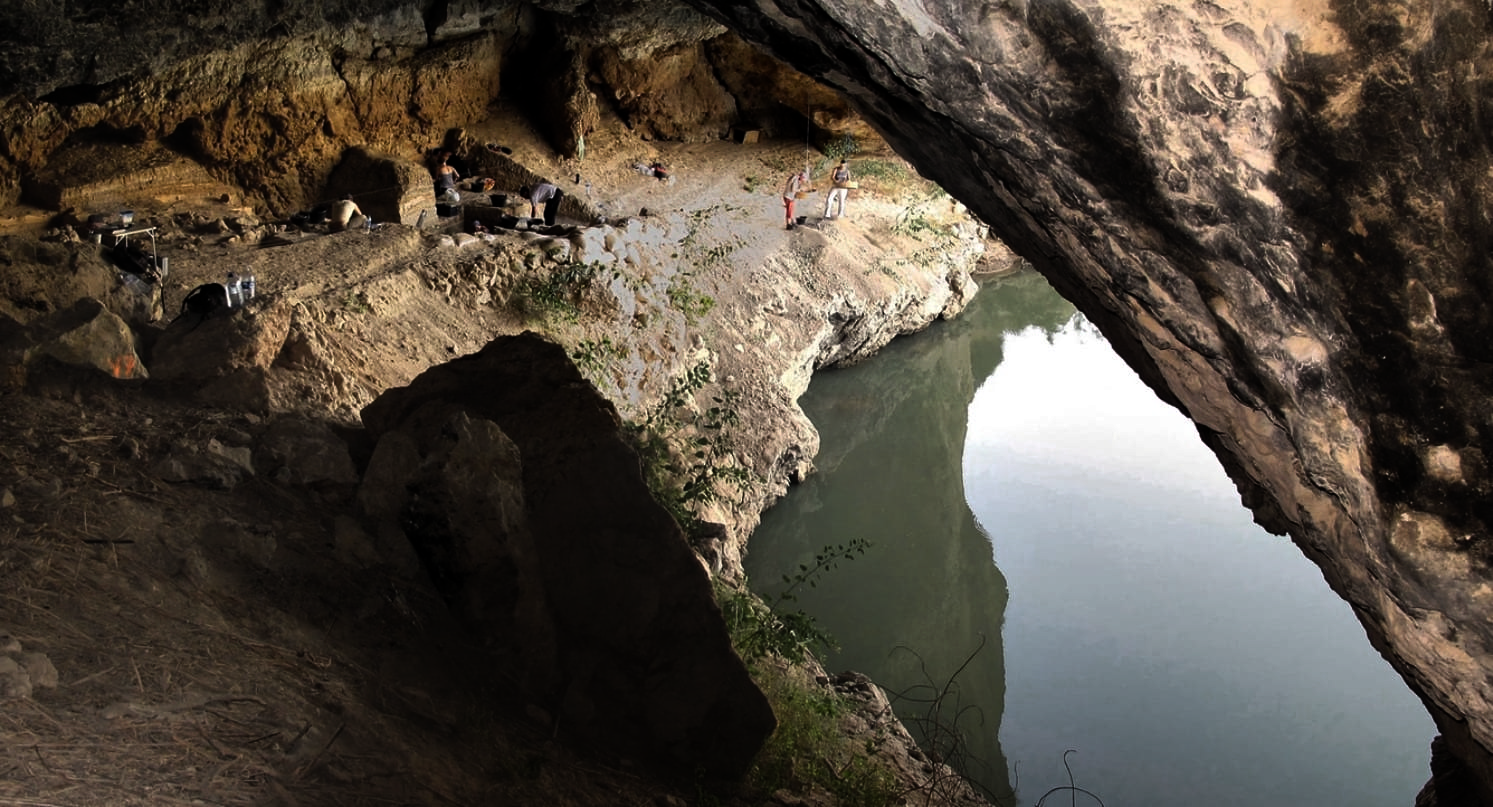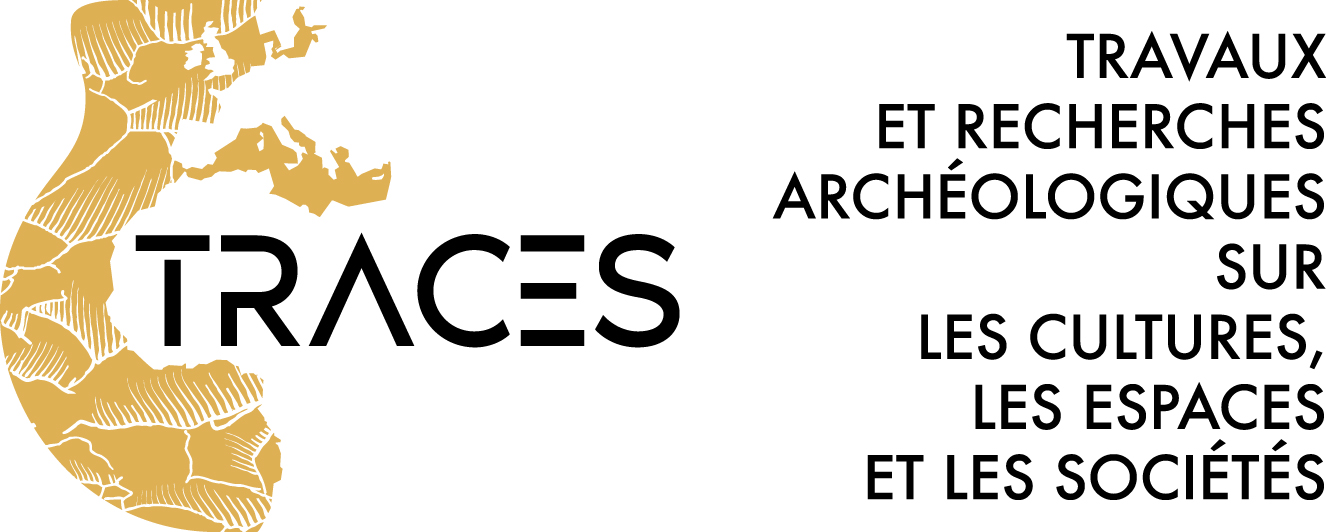-
Partager cette page
Organization of residential space, site function variability, and seasonality of activities among MIS 5 Iberian Neandertals

Un article de M. Deschamps, I. Martín-Lerma, G. Linares-Matás & J. Zilhão
Whether ethnoarcheological models of hunter-gatherer mobility, landscape use, and structuration of the inhabited space are relevant to the archeology of Neandertals and the Middle Paleolithic remains controversial. The thin lenses of hearth-associated stone tools and faunal remains excavated in sub-complex AS5 of Cueva Antón (Murcia, Spain) significantly advance these debates. Dated to 77.8–85.1 ka, these living floors are interstratified in river-accumulated sands and were buried shortly after abandonment by low-energy inundation events, with minimal disturbance and negligible palimpsest formation. Stone tools were made and ergonomically modified to fit tasks; their spatial distributions and use-wear reveal hearth-focused activities and a division of the inhabited space into resting and working areas. Site function varied with season of the year: units III-i/j1 and III-i/j2-3 record winter visits focused on filleting and hide processing, while woodworking predominated in unit III-b/d, which subsumes visits to the site over the course of at least one winter, one spring, and one summer. These snapshots of Neandertal behavior match expectations derived from the ethnographic and Upper Paleolithic records for the lifeways of hunter-gatherers inhabiting temperate regions with a markedly seasonal climate.






